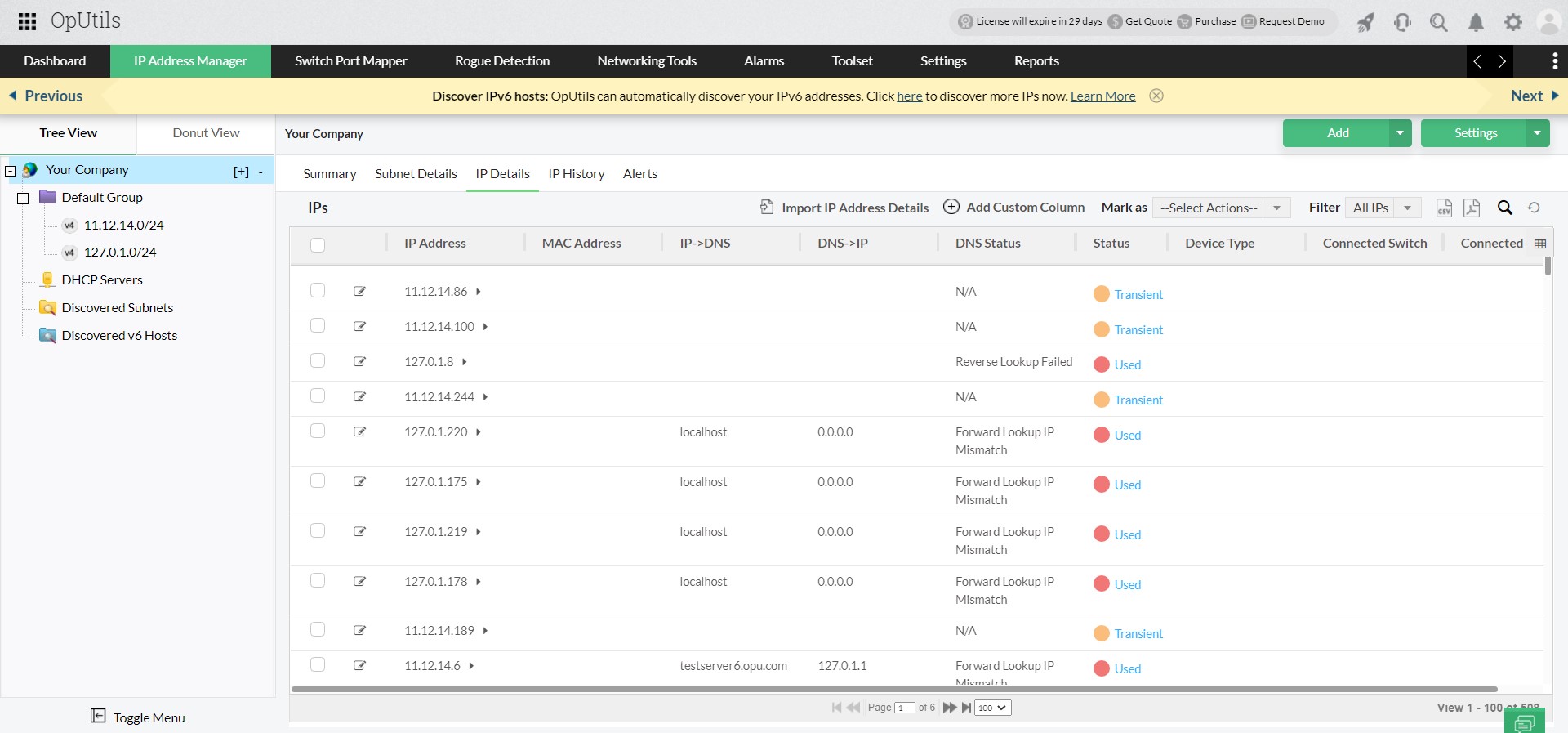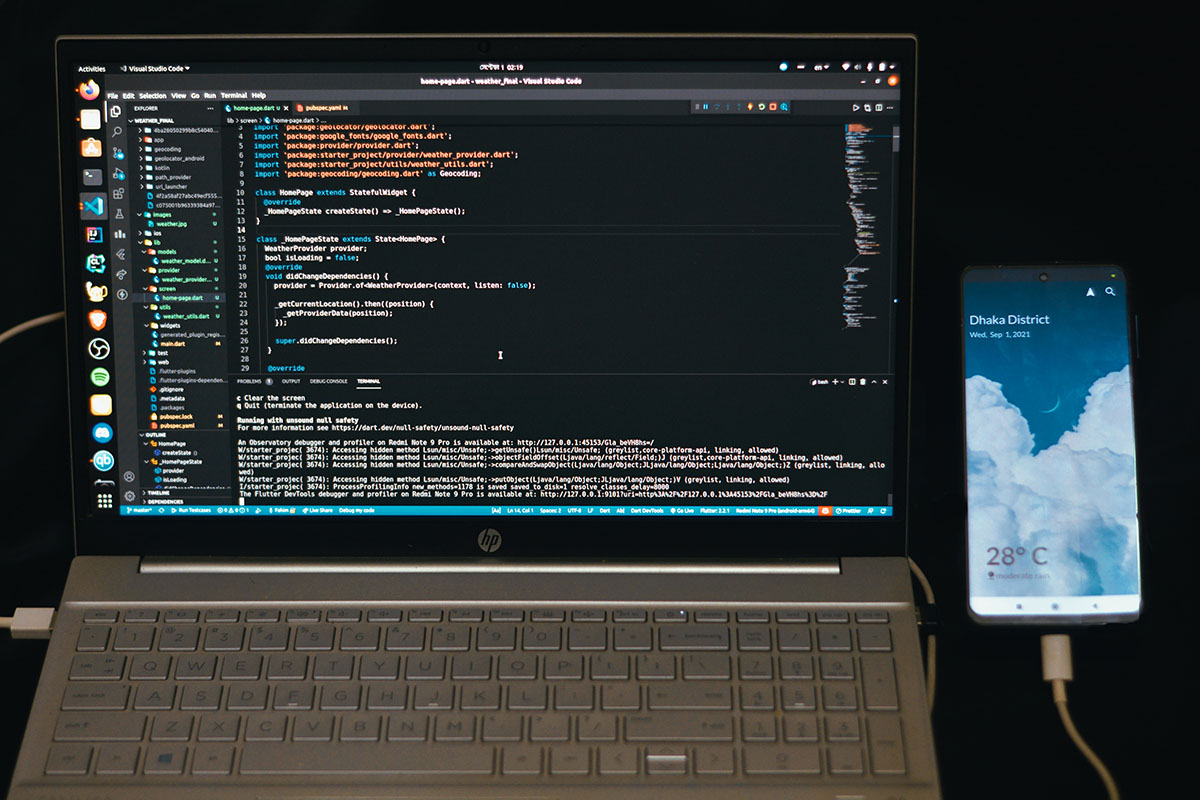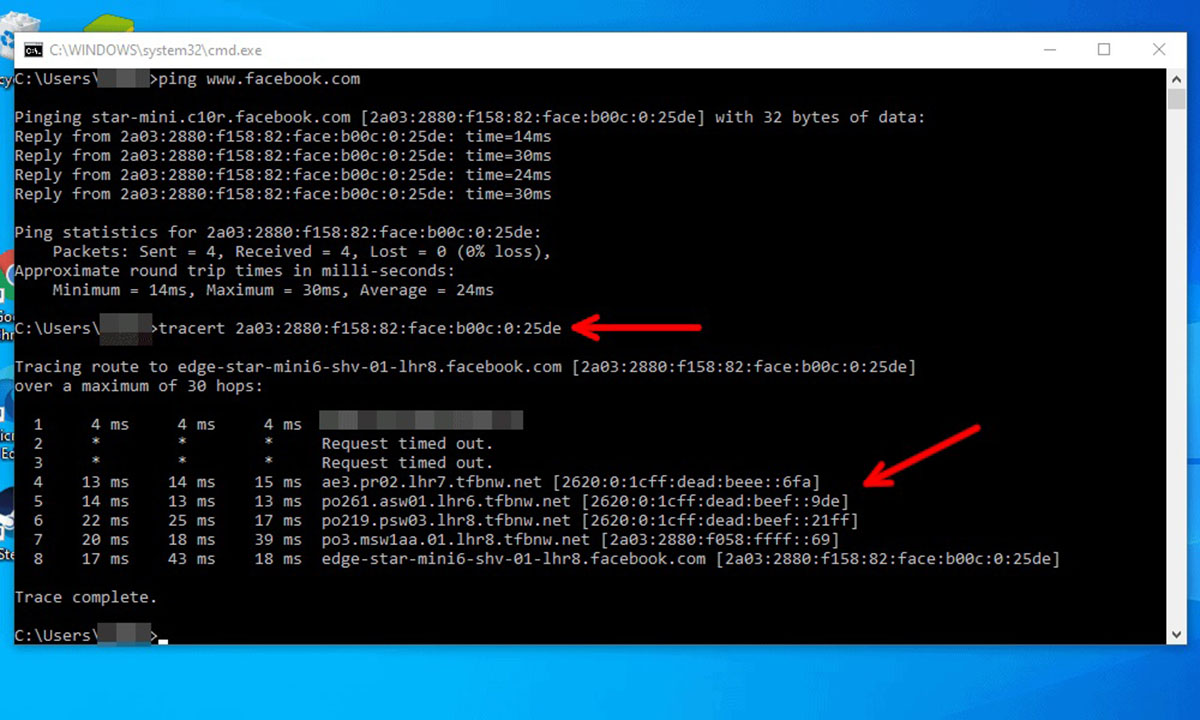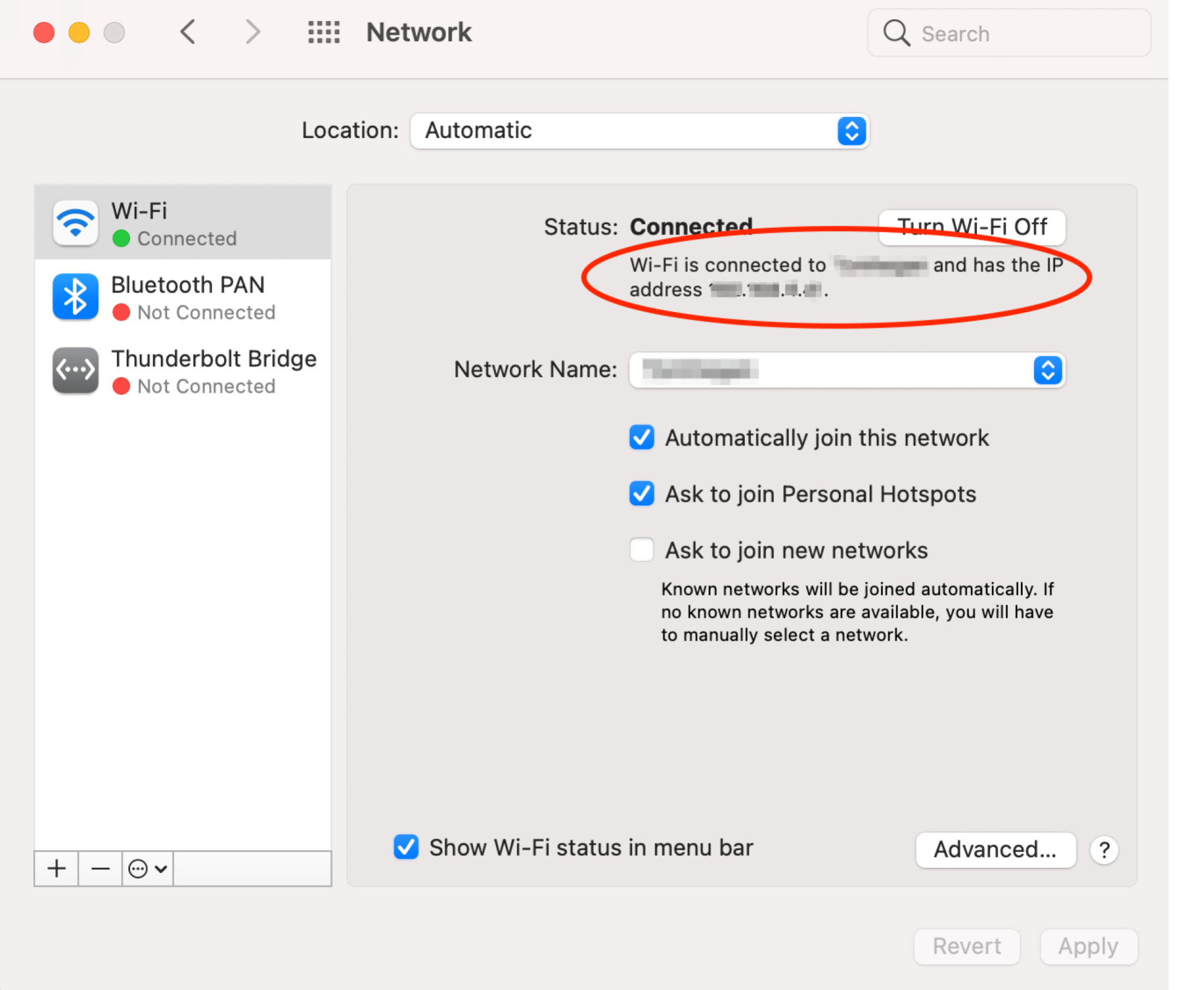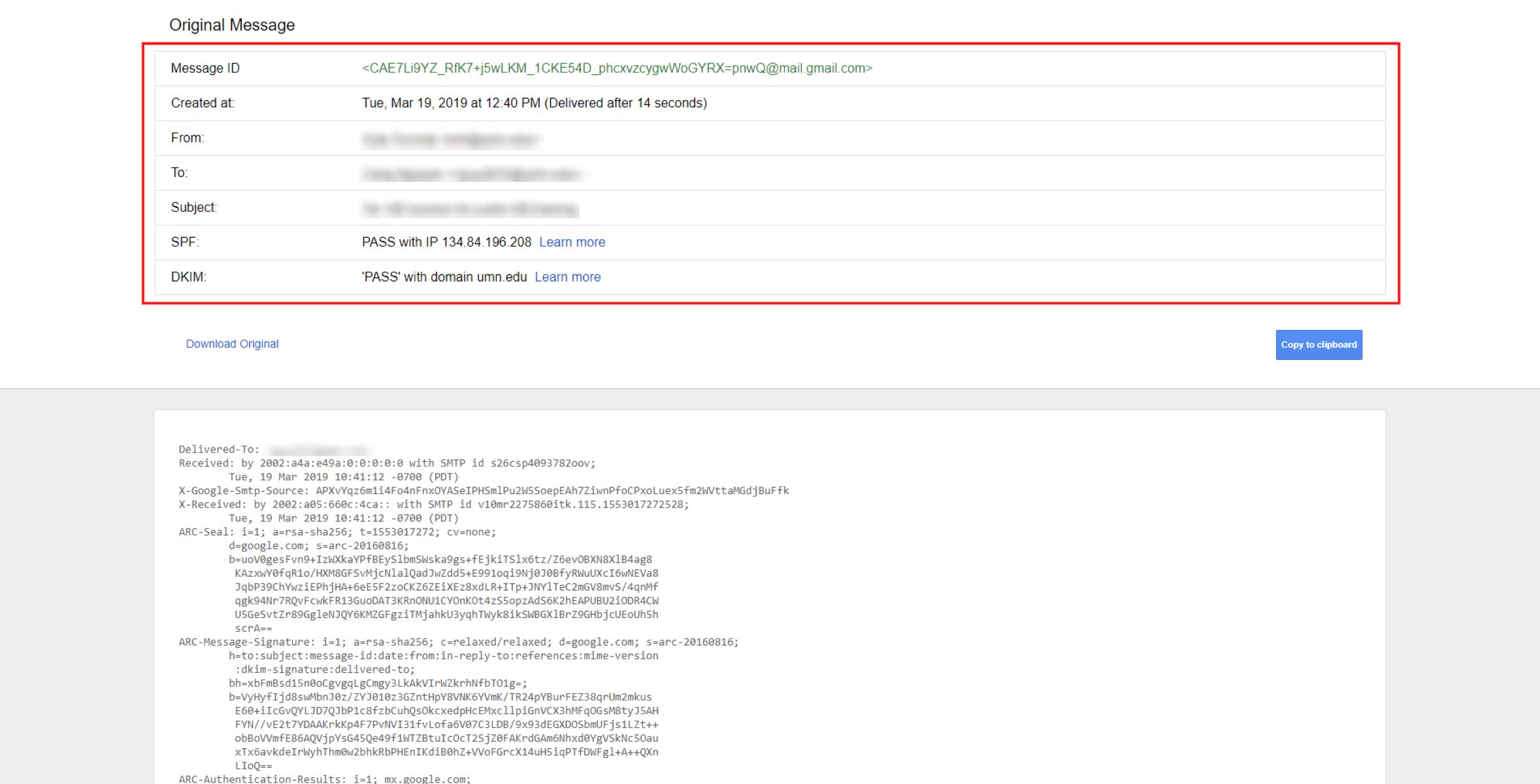Introduction
Welcome to the world of email tracking! In this digital age, communication has primarily shifted to the realm of emails. From personal conversations to business correspondences, email has become an indispensable tool for staying connected. But have you ever wondered about the hidden elements behind an email? One such element is the IP address.
When you send an email, it passes through various servers before reaching its intended recipient. Each server leaves a trail, revealing information about the email’s origin and journey. This information is encapsulated in the email header, which contains vital details relating to the IP address, among other things.
In this article, we will explore the concept of IP addresses and dive into the world of tracking email IP addresses. We will discuss why you might want to track an email IP address and explore methods for doing so. Additionally, we will cover how to interpret the data acquired from tracked IP addresses and address the question of whether IP tracking works with all email services. Finally, we will touch upon the importance of protecting your own IP address while sending emails.
So, strap in and get ready to uncover the mysteries of email tracking and IP addresses. By the end of this article, you will have a clear understanding of how to track email IP addresses and how to make the most out of this information.
What is an IP address?
An IP address, short for Internet Protocol address, is a unique numerical identifier assigned to every device connected to a computer network. It serves as a digital address that allows devices to communicate with each other over the internet. Just like how homes have physical addresses, devices on a network are identified and located using IP addresses.
IP addresses come in two versions: IPv4 (Internet Protocol version 4) and IPv6 (Internet Protocol version 6). IPv4 addresses consist of four sets of numbers separated by dots, such as 192.168.0.1, while IPv6 addresses are longer and utilize hexadecimal characters along with colons, like 2001:0db8:85a3:0000:0000:8a2e:0370:7334.
Every device that connects to the internet, including computers, smartphones, tablets, and servers, is assigned a unique IP address. This address serves as the device’s online identity and allows it to send and receive data across networks.
IP addresses play a crucial role in facilitating communication between devices on the internet. When you send an email, for example, your IP address is embedded in the email header to enable the recipient’s server to identify and route the message back to you. Similarly, when you browse the web or use online services, your IP address is used to identify and communicate with the respective servers.
Without IP addresses, the internet, as we know it, would not function. They form the backbone of internet communication, ensuring that data is properly routed and reaches its intended destination.
In the next section, we will delve into the reasons why you might want to track an email IP address and explore the methods for doing so. So let’s unravel the mysteries of email tracking together!
Why would you want to track an email IP address?
Tracking an email IP address can provide valuable insights and serve various purposes. Here are a few reasons why you might want to track an email IP address:
- Verify the sender’s location: By tracking the IP address of an email, you can determine the general location of the sender. This information can be useful in verifying the authenticity of the email, especially when dealing with suspicious or potentially harmful messages.
- Investigate email abuse: If you receive spam, phishing, or harassing emails, tracking the IP address can help in identifying the source. This information can be reported to relevant authorities or used to block future emails from that IP address.
- Monitor email deliverability: Tracking the IP address can help you assess the deliverability of your own emails. If you notice any issues or patterns, such as emails consistently being marked as spam, you can take steps to rectify the situation and improve your email deliverability.
- Uncover email routing: Email tracking enables you to understand the path your email takes from sender to recipient. This information can be useful in troubleshooting delivery problems or understanding any delays in email delivery.
- Enhance email marketing strategies: For businesses, tracking email IP addresses can provide insights into the effectiveness of email marketing campaigns. By analyzing open rates, click-through rates, and the engagement of recipients from different IP addresses, you can optimize your marketing efforts and tailor your content accordingly.
By tracking email IP addresses, you can gather valuable information that can be used for various purposes ranging from personal security to business analytics. It offers a deeper understanding of the emails you receive and send, helping you make informed decisions and take appropriate actions.
Now that we understand why tracking email IP addresses can be beneficial, let’s explore the methods for doing so in the next section.
How to track email IP address using the email header?
The email header contains essential information about an email, including the IP address of the sender’s server. By examining the email header, you can track and extract the IP address. Here’s how you can do it:
- Open the email: Start by opening the email for which you want to track the IP address. This can be an email you received or an email you sent.
- Access the email header: The process for accessing the email header may vary depending on your email client. Look for an option or setting called “View Source,” “Show Original,” or “Message Header.” Click on it to view the raw email header code.
- Locate the IP address: In the email header, look for the section that contains the phrase “Received: from.” Within that section, you will find the IP address. It may be listed as “X-Originating-IP,” “Received: from,” or “Return-Path.”
- Record the IP address: Take note of the IP address listed in the email header. You can copy it or write it down for further analysis or investigation.
Once you have obtained the IP address from the email header, you can use various online tools or methods to further analyze and interpret the data associated with it. These tools can provide additional details such as the geographical location, ISP (Internet Service Provider), and other network information of the sender.
It’s important to note that while tracking email IP addresses using the email header can provide useful information, the accuracy and level of detail may vary. Some IP addresses might be masked or appear as intermediary servers rather than the actual sender’s IP address. Additionally, this method requires some technical understanding of email headers.
In the next section, we will explore alternative methods for tracking email IP addresses using email tracking tools. This can provide more comprehensive information and simplify the tracking process.
How to track email IP address using email tracking tools?
Tracking email IP addresses can be made easier and more comprehensive by using email tracking tools. These tools are specifically designed to provide detailed information about the emails you send or receive. Here’s how you can track email IP addresses using these tools:
- Choose a reliable email tracking tool: There are numerous email tracking tools available online, both free and paid. Research and select a tool that fits your needs and offers the features you require.
- Sign up and set up the tracking tool: Create an account with the chosen email tracking tool and complete the necessary setup steps. This usually involves installing a tracking pixel or code snippet provided by the tool into your email client.
- Compose and send the tracked email: After setting up the tracking tool, compose your email as usual. The email tracking tool will automatically embed a unique tracking code or pixel into the email.
- Monitor the email tracking results: Once the email is sent, you can monitor the tracking results through the email tracking tool’s dashboard. This will include data such as email opens, click-through rates, and importantly, the IP addresses of the recipients.
- Analyze the IP address data: The email tracking tool will provide you with the IP addresses of the recipients who interacted with your email. Use this data to gain insights into your audience’s location, activity, and engagement. Additionally, you can cross-reference these IP addresses with other tools or services to gather more information about the recipients.
Using email tracking tools simplifies the process of tracking email IP addresses. These tools offer additional features beyond IP tracking, such as real-time notifications, link click tracking, and email performance analytics. They are especially beneficial for businesses and individuals who rely heavily on email marketing or require detailed insights into their email communications.
However, it’s essential to respect the privacy of the email recipients and ensure compliance with data protection regulations while using email tracking tools.
In the next section, we will discuss how to interpret the data acquired from tracked IP addresses and extract meaningful information from it.
How to interpret the data from the tracked IP address?
Once you have tracked an email IP address, you can extract valuable information by interpreting the data associated with it. Here’s how you can make sense of the data:
- Geographical location: The IP address can provide insight into the general geographical location of the sender or recipient. By using IP geolocation databases or online tools, you can determine the country, city, and sometimes even the specific region associated with the IP address.
- Internet Service Provider (ISP): The ISP associated with the IP address can provide clues about the sender’s or recipient’s internet connection. It can give you an idea of the type of organization or service provider they are using.
- Network information: Analyzing the IP address can reveal information about the network that the sender or recipient is connected to. This can include details such as the network range, subnet mask, and sometimes even the hostname of the server.
- Security reputation: Some IP tracking tools provide information about the security reputation of an IP address. It may indicate whether the IP address has been involved in any malicious or suspicious activities in the past.
- Reverse DNS lookup: By performing a reverse DNS lookup, you can find the domain name associated with the IP address. This can help in identifying the organization or website related to the email sender or recipient.
Keep in mind that the accuracy and level of detail in the data may vary. IP geolocation databases can provide approximate location information, but they may not always pinpoint the exact address. Similarly, ISP information might not be available for all IP addresses, especially if they are from private networks.
The interpretation of the data from a tracked IP address should be done cautiously and should not be used as definitive proof. It is merely a means of gathering insights and gaining a general understanding of the sender’s or recipient’s location and network information.
In the next section, we will address the question of whether you can track IP addresses from all email services and discuss any limitations that may exist.
Can you track IP address from all email services?
Tracking IP addresses from email services can be influenced by various factors, including the email service provider and the settings used by the sender or recipient. While it is possible to track IP addresses from many email services, there are some limitations to consider:
- Email service privacy settings: Some email services have privacy settings that limit the visibility of IP addresses. For example, certain email providers may intentionally mask or obfuscate IP addresses to protect users’ privacy. In such cases, tracking the IP address from these services may be challenging or not possible.
- Web-based email services: Web-based email services, such as Gmail, Yahoo, and Outlook, often route emails through their own servers. This means that the IP address you see in the email header may not be the actual IP address of the sender’s device. Instead, it could represent the IP address of the email service’s server.
- Changes in email headers: Email headers can vary depending on the email service used. Different services may include or exclude certain information in the email header, making it more or less difficult to track the IP address.
- Mobile email applications: Email applications on mobile devices often have their own unique settings and routing mechanisms. This can affect the visibility and accuracy of IP address information in the email header.
Despite these limitations, tracking IP addresses is still possible in many cases. Some email services, especially those designed for business use, provide more detailed tracking features. Additionally, using email tracking tools mentioned earlier can help overcome some of the limitations by providing additional tracking capabilities and insights.
It’s important to keep in mind that tracking IP addresses should always be done within legal boundaries and with respectful intentions. Respecting privacy rights and complying with applicable laws and regulations is essential when tracking any personal information.
Now that we have explored the possibility of tracking IP addresses from different email services, let’s move on to the next section, where we will discuss how to protect your IP address while sending emails.
How to protect your IP address while sending emails?
Protecting your IP address while sending emails is essential to maintain your online privacy and security. Here are some steps you can take to safeguard your IP address:
- Use a VPN: A Virtual Private Network (VPN) allows you to route your internet connection through a remote server, masking your IP address. By using a VPN, your emails will appear to originate from the VPN server’s IP address, providing an additional layer of privacy.
- Use anonymous email services: Consider using anonymous email services that prioritize user privacy and offer features such as encrypted communication, no-logs policies, and IP address masking. These services can help protect your identity and maintain the confidentiality of your IP address.
- Disable read receipts and trackers: Email tracking technologies often employ read receipts and trackers to monitor email interactions. Disabling these features in your email client settings can help prevent others from tracking your IP address and gathering information about your email activity.
- Be cautious with attachments and links: Avoid clicking on suspicious links or downloading attachments from unknown sources. Phishing emails and malicious links can expose your IP address and compromise your security. Exercise caution and only interact with trusted sources.
- Regularly update your email client: Keep your email client and associated applications up to date with the latest security patches. Software updates often include fixes for vulnerabilities that could potentially expose your IP address to unauthorized parties.
- Consider using Tor: The Tor network provides anonymity online by routing your internet connection through a network of volunteer-operated servers. Using the Tor browser can add an extra layer of privacy to your email communication and help protect your IP address.
- Educate yourself about email security: Stay informed about email security best practices and techniques used by hackers. This knowledge will enable you to identify potential security threats and take appropriate steps to protect your IP address and personal information.
Implementing these measures will help safeguard your IP address while sending emails, preserving your privacy and ensuring a more secure online experience.
In the next section, we will wrap up this article with a brief summary of what we’ve covered and reiterate the importance of email IP address tracking and protection.
Conclusion
Tracking email IP addresses can provide valuable insights into the origins and journeys of emails. By understanding the IP address associated with an email, you can verify the sender’s location, investigate email abuse, monitor email deliverability, uncover email routing, and enhance email marketing strategies.
You can track email IP addresses using the email header, which contains crucial information about the email’s origin server. By examining the email header, you can extract the IP address and use it for analysis. Alternatively, you can utilize email tracking tools that provide more comprehensive tracking features and real-time insights.
Interpreting the data from a tracked IP address allows you to determine the geographical location, ISP, network information, security reputation, and domain associated with the IP address. However, it’s important to note that the accuracy and level of detail may vary, and data interpretation should be done cautiously.
While it is possible to track IP addresses from many email services, there are limitations due to privacy settings, web-based email routing, variations in email headers, and mobile email applications. However, employing email tracking tools and choosing email services that prioritize privacy can enhance your tracking capabilities.
To protect your IP address while sending emails, you can use a VPN to mask your IP, utilize anonymous email services, disable read receipts and trackers, be cautious with attachments and links, keep your email client up to date, consider using Tor, and stay informed about email security best practices.
In conclusion, tracking email IP addresses provides valuable information and insights that can be utilized for various purposes. By understanding the methods of tracking, interpreting the data, and taking steps to protect your own IP address, you can have a more secure and informed email experience.







